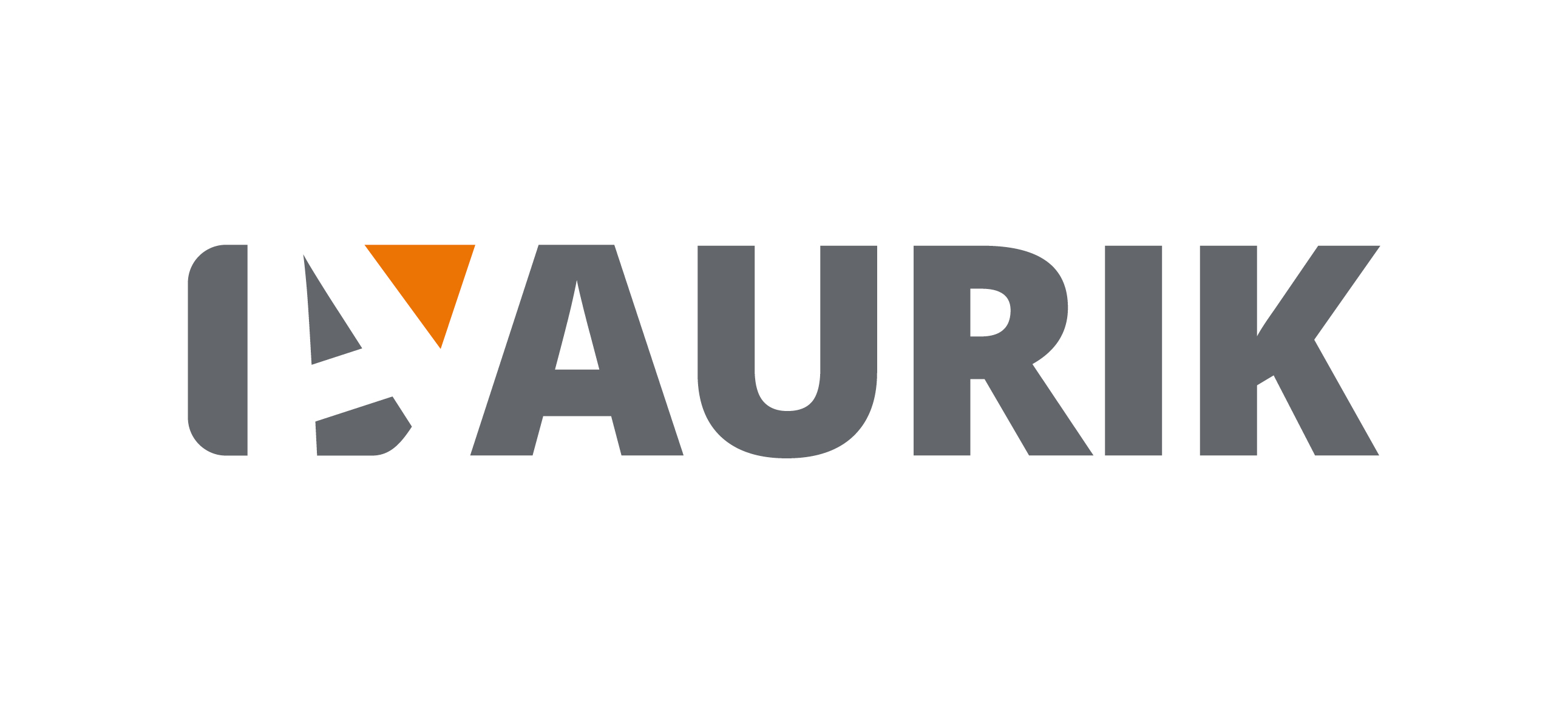You build your business within the context of your business environment. When your business environment changes more rapidly than your growing business, the only way to build your business is to break to rebuild. On The Money Show with Bruce Whitfield, Pavlo Phitidis outlines why:
THE CHANGE CYCLES
Your business operates within two cycles: the business environment within which it operates, and the business’ own cycle, during which it is created, built, and scaled. The business environment is composed of multiple factors that directly influence the way your business grows. These factors include the socio-political landscape; the introduction, and adoption, of new technologies; legislative changes; the outcomes of climate change, and more. Comparatively and historically speaking, the business environment of today shifts far more quickly than before. Notably too, the technology adoption cycle is far speedier than ever before. And, the legislative cycles are also operating in a tighter, quicker fashion. But, within that business environment, your business is growing and changing, while moving through its own cycle. As you build your business, your ability to grow and service a larger customer base will change, just as you scale it. For example, a business that turns over R50m a year, is significantly different to one that turns over R100m a year, and how you build your business towards that milestone demands several cycles of change.
BUILDING A BUSINESS
Within your business environment, building your business to be resilient, remain relevant, and ensure that it continues to solve problems for your customers, is vital. Continuing to solve your customers’ problems in new ways, enables you to build systematically, and then scale in line with a changing environment. As changes take hold in your business environment, so too do your customers’ problems change. Your ability to respond to those new problems is key, and iteratively breaking your business, to build it, will help you to remain relevant and growing. Building systematically through your business’ life cycle entails different approaches at each stage:
- Your early stages – you position your business to respond to your customers’ problem and move the focus away from being strictly product-based.
- The building stage – you build systems that help your business to deliver what your customers need.
- The growth stage – you add people to your team, to help your business deliver what your customers need.
- The competition stage – you begin to innovate, to stay ahead of competitors. It’s within this stage that you’ll need to return to your customers, assess how their problems have changed, and reflect upon changes in the business environment. Thereafter, you must break what you’ve built within your business, and rebuild to stay responsive and relevant.
TO GROW, YOU NEED TO BREAK AND REBUILD
As you build your business, and grow through the business development cycle, you’ll need to innovate to remain relevant to your customers. Doing what you did in the past won’t work to solve your customers’ problems of today. Breaking your business, to rebuild it, doesn’t mean you scrap everything and start again. Instead, you build your business and innovate by:
- Positioning your business towards your customer: Being customer-centric enables you to remain problem-centric, which keeps your business closely monitoring changes in the business environment. As your customers’ problems change, so too should your business.
- Changing your system of delivery: A system is made up of a sequential series of measurable activities, that you can train your team to undertake and around which you’re able to create jobs or positions within your business. As your business environment changes, so too must your system of delivery, as it must now respond to new customer problems. That doesn’t mean you have to untangle every system and start again – it merely means that many parts of it may need to change when confronted by change. Systems create scalability, and it’s through breaking and rebuilding your systems that you’ll be equipped to continue to deliver good customer experiences.
- Simplifying your objectives: Research conducted in 2009/2010, highlighted a key indicator for business success: the top performing businesses had no more than three strategic objectives in a year. The ones that outperformed them had two. The best performing business had just one strategic objective! A simple, common objective is easy to scale, and makes it easier to make decisions.
Is it time to break your business, so you can build it? Aurik can help.

